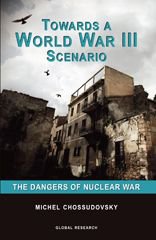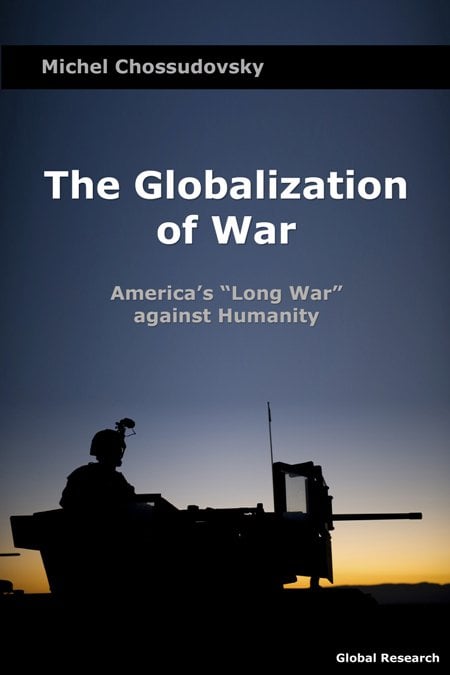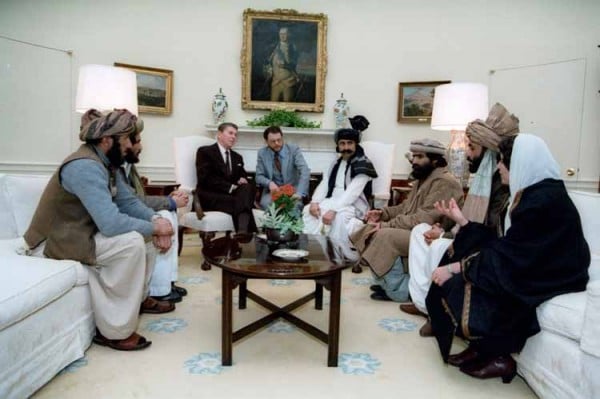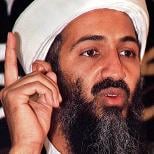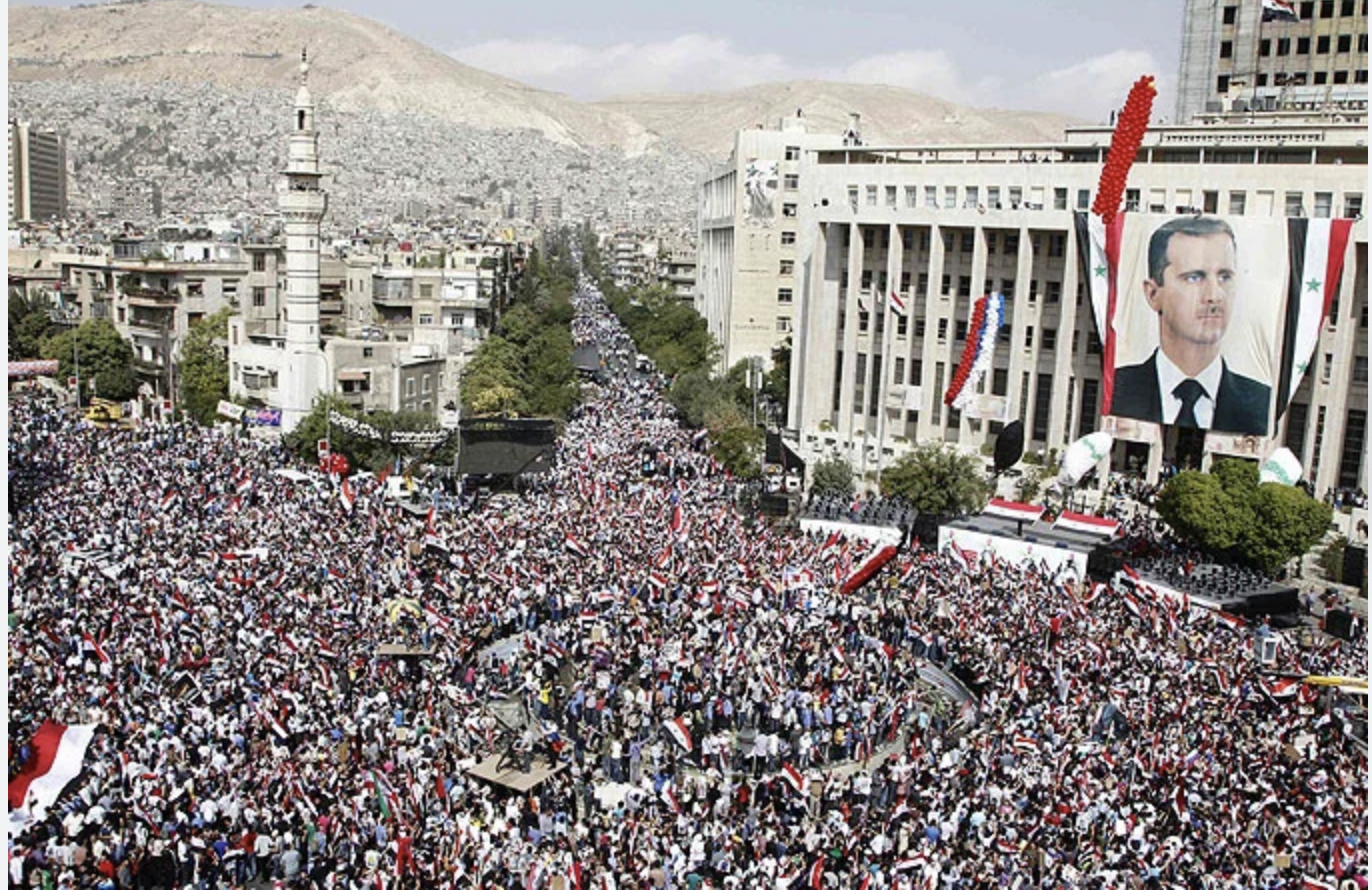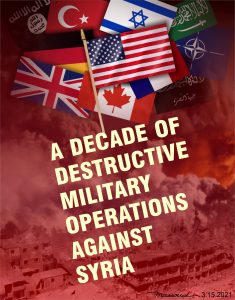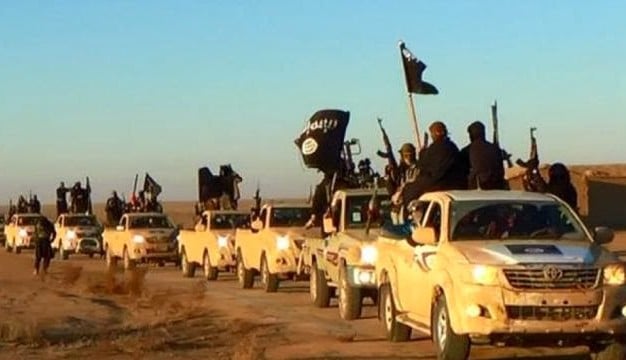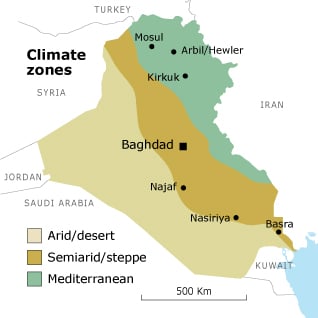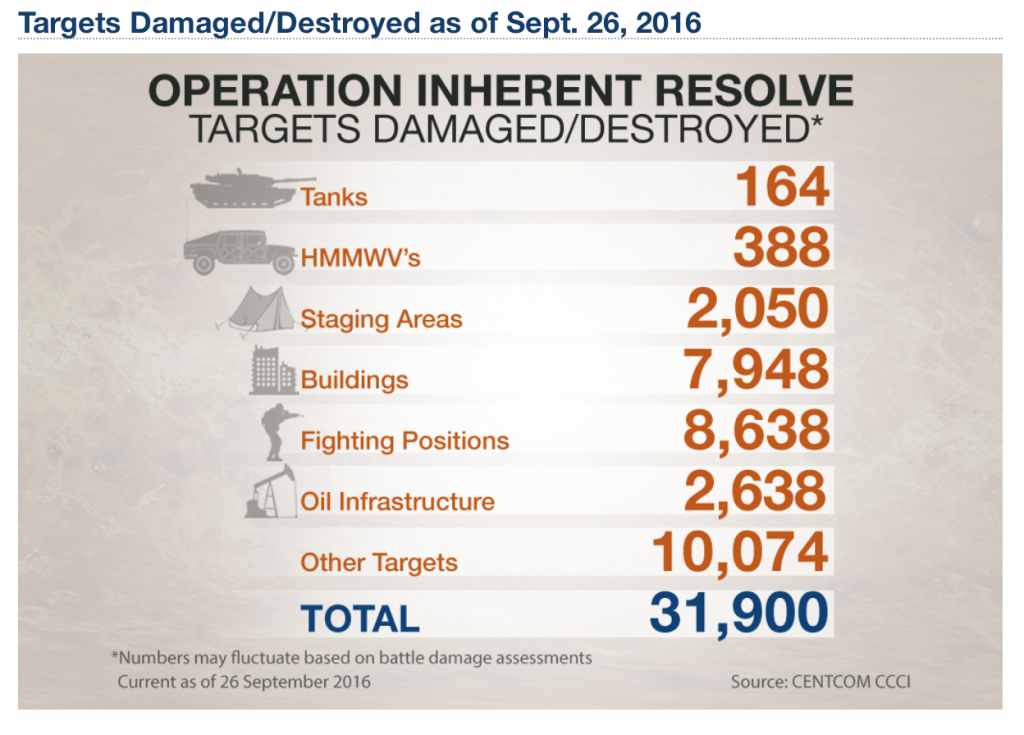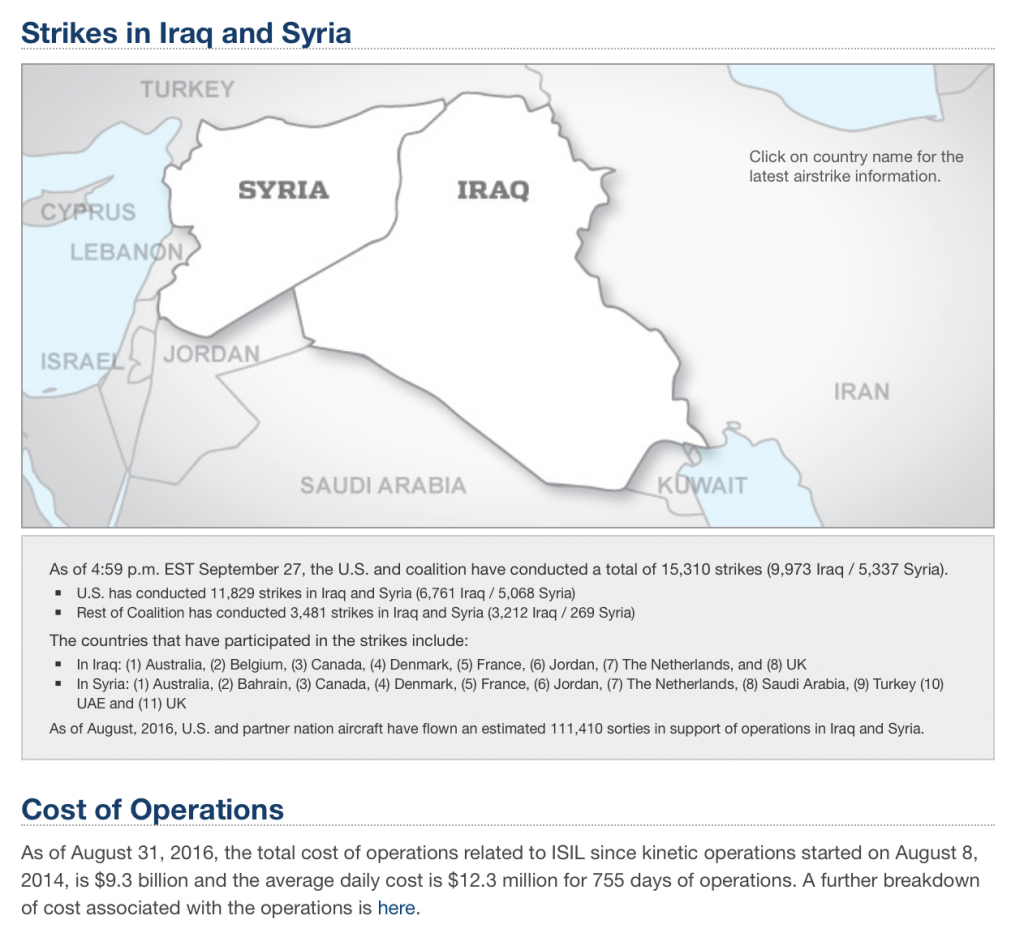Author’s Note
This article was first published in August 2011 at the outset of the US-NATO-Israel sponsored insurgency. The objective at the outset in March 2011 was to destroy Syria, implement regime change and install a proxy Islamist government Damascus.
This was implemented by unleashing a terrorist insurgency which was portrayed by the media as a “protest movement”. The role of Turkey and NATO were clearly defined from the very outset of the “insurgency”: recruitment and paramilitary training of mercenaries, support to to the influx of fighters into Syria (with the support of the Turkish authorities), delivery of weapons to the terrorists, logistics, etc.
While the US and its allies have “unofficially” supported the terrorist insurgency for more than five years, what is now contemplated is an air campaign coupled with deployment of ground forces which would be “officially” directed against Syrian government forces and their allies (Russia, Iran and Hezbollah).
This escalation scenario is on the drawing board of both the State Department and the Pentagon. It has broad implications. Unquestionably we are at a dangerous crossroads. I repeat what I stated in August 2011:
“The road to Tehran goes through Damascus. A US-NATO war on Iran would involve, as a first step, a destabilization campaign (“regime change”) directed against Syria.
Were a military operation to be launched against Syria, the broader Middle East Central Asian region extending from North Africa and the Eastern Mediterranean to the Afghanistan-Pakistan border with China would be engulfed in the turmoil of an extended war. A war on Syria could evolve towards a US-NATO military campaign directed against Iran, in which Turkey and Israel would be directly involved.
…The process of military planning within NATO’s extended alliance involves coordination between the Pentagon, NATO, Israel’s Defense Force (IDF), as well as the active military involvement of the frontline Arab states, including Saudi Arabia, the Gulf States, Egypt: all in all ten Arab countries plus Israel are members of The Mediterranean Dialogue and the Istanbul Cooperation Initiative.
…
It is crucial to spread the word and break the channels of media disinformation.
A critical and unbiased understanding of what is happening in Syria is of crucial importance in reversing the tide of military escalation towards a broader regional war.
A critical and unbiased understanding of what is happening in Syria is of crucial importance in reversing the tide of military escalation towards a broader regional war.”
Michel Chossudovsky. July 3, 2016
* * *
The following article is Part II of a two part series.
Part I of this research focusses on the broad implications of a US-NATO “humanitarian” military campaign against Syria.
A “Humanitarian War” on Syria? Military Escalation. Towards a Broader Middle East-Central Asian War?
– by Michel Chossudovsky – 2011-08-09 (Part I)
The road to Tehran goes through Damascus. A US-NATO war on Iran would involve, as a first step, a destabilization campaign (“regime change”) directed against Syria.
An extended Middle East Central Asian war has been on the Pentagon’s drawing board since the mid-1990s.
As part of this extended war scenario, the US-NATO alliance plans to wage a military campaign against Syria under a UN sponsored “humanitarian mandate”.
Escalation is an integral part of the military agenda. Destabilization of sovereign states through “regime change” is closely coordinated with military planning.
There is a military roadmap characterised by a sequence of US-NATO war theaters.
This present essay (Part II below) focusses on the history of the Pentagon’s “Salvador Option” in Iraq and its relevance to Syria.
The program was implemented under the tenure of John D. Negroponte, who served as US ambassador to Iraq (June 2004-April 2005). The current ambassador to Syria, Robert S. Ford was part of Negroponte’s team in Baghdad in 2004-2005.
Syria: Overview and Recent Developments
The Western media has played a central role in obfuscating the nature of foreign interference in Syria including outside support to armed insurgents. In chorus they have described recent events in Syria as a “peaceful protest movement” directed against the government of Bashar Al Assad, when the evidence amply confirms that Islamic paramilitary groups have infiltrated the rallies.
Israel’s Debka Intelligence news, while avoiding the issue of an armed insurgency, tacitly acknowledges that Syrian forces are being confronted by an organized paramilitary:
“[Syrian forces] are now running into heavy resistance: Awaiting them are anti-tank traps and fortified barriers manned by protesters armed with heavy machine guns.” DEBKAfile,
Since when are peaceful civilian protesters armed with “heavy machine guns” and “anti-tank traps”?
Recent developments in Syria point to a full-fledged armed insurgency, integrated by Islamist “freedom fighters” covertly supported, trained and equipped by foreign powers. According to Israeli intelligence sources:
NATO headquarters in Brussels and the Turkish high command are meanwhile drawing up plans for their first military step in Syria, which is to arm the rebels with weapons for combating the tanks and helicopters spearheading the Assad regime’s crackdown on dissent. Instead of repeating the Libyan model of air strikes, NATO strategists are thinking more in terms of pouring large quantities of anti-tank and anti-air rockets, mortars and heavy machine guns into the protest centers for beating back the government armored forces. (DEBKAfile, NATO to give rebels anti-tank weapons, August 14, 2011, emphasis added)
The delivery of weapons to the rebels is to be implemented “overland, namely through Turkey and under Turkish army protection….Alternatively, the arms would be trucked into Syria under Turkish military guard and transferred to rebel leaders at pre-arranged rendez-vous.” (Ibid, emphasis added)
According to Israeli sources, which remain to be verified, NATO and the Turkish High command, also contemplate the development of a “jihad” involving the recruitment of thousands of Islamist “freedom fighters”, reminiscent of the enlistment of Mujahideen to wage the CIA’s jihad (holy war) in the heyday of the Soviet-Afghan war:
Also discussed in Brussels and Ankara, our sources report, is a campaign to enlist thousands of Muslim volunteers in Middle East countries and the Muslim world to fight alongside the Syrian rebels. The Turkish army would house these volunteers, train them and secure their passage into Syria. (Ibid, emphasis added)
These various developments point towards the possible involvement of Turkish troops inside Syria, which could potentially lead to a broader military confrontation between Syria and Turkey as well as a full-fledged “humanitarian” military intervention by NATO.
In recent developments, Islamist death squads have penetrated the port city of Latakia’s Ramleh district, which includes a Palestinian refugee camp of some 10,000 residents. These armed gunmen which include rooftop snipers are terrorizing the local population.
In a cynical twist, the Western media has presented the Islamist paramilitary groups in Latakia as “Palestinian dissidents” and “activists” defending themselves against the Syrian armed forces. In this regard, the actions of armed gangs directed against the Palestinian community in Ramleh visibly seeks to foment political conflict between Palestine and Syria. Several Palestinian personalities have sided with the Syrian “protest movement”, while casually ignoring the fact that the “pro-democracy” death squads are covertly supported by Israel and Turkey.
Turkey’s foreign minister Ahmet Davutoglu has intimated that Ankara could consider military action against Syria if the Al Assad government doesn’t cease “immediately and unconditionally” its actions against “protesters”. In a bitter irony, the Islamist fighters operating inside Syria who are terrorizing the civilian population, are trained and financed by the Turkish Erdogan government.
Meanwhile, US, NATO and Israeli military planners have outlined the contours of a humanitarian military campaign, in which Turkey (the second largest military force inside NATO) would play a central role.
On August 15, Tehran reacted to the unfolding crisis in Syria, stating that “events in Syria should be considered only as internal affairs of that country and accused the West and its allies with trying to destabilize Syria, in order to make the case for its eventual occupation”. (Iran Foreign Ministry Statement, quoted in Iran urges West to stay out of Syria’s ‘internal matters’ Todayszaman.com, August 15, 2011)
We are at dangerous crossroads:
Were a military operation to be launched against Syria, the broader Middle East Central Asian region extending from North Africa and the Eastern Mediterranean to the Afghanistan-Pakistan border with China would be engulfed in the turmoil of an extended war. A war on Syria could evolve towards a US-NATO military campaign directed against Iran, in which Turkey and Israel would be directly involved.
It is crucial to spread the word and break the channels of media disinformation.
A critical and unbiased understanding of what is happening in Syria is of crucial importance in reversing the tide of military escalation towards a broader regional war.
Michel Chossudovsky, August 16, 2011
Background: America’s Ambassador Robert S. Ford Arrives in Damascus (January 2011)
US Ambassador Robert Ford arrived in Damascus in late January 2011 at the height of the protest movement in Egypt.
America’s previous Ambassador to Syria was recalled by Washington following the 2005 assassination of former Prime minister Rafick Hariri, which was blamed, without evidence, on the government of Bashar Al Assad.
The author was in Damascus on January 27, 2011 when Washington’s Envoy presented his credentials to the Al Assad government. (See photo below).
At the outset of my visit to Syria in January 2011, I reflected on the significance of this diplomatic appointment and the role it might play in a covert process of political destabilization. I did not, however, foresee that this process would be implemented within less than two months following the instatement of Robert S. Ford as US Ambassador to Syria.
The reinstatement of a US ambassador in Damascus, but more specifically the choice of Robert S. Ford as US ambassador, bears a direct relationship to the onset of the protest movement in mid-March against the government of Bashar al Assad.
Robert S. Ford was the man for the job. As “Number Two” at the US embassy in Baghdad (2004-2005) under the helm of Ambassador John D. Negroponte, he played a key role in implementing the Pentagon’s “Iraq Salvador Option”. The latter consisted in supporting Iraqi death squadrons and paramilitary forces modelled on the experience of Central America.
The Western media has misled public opinion on the nature of the Arab protest movement by failing to address the support provided by the US State Department as well as US foundations (including the National Endowment for Democracy (NED)) to selected pro-US opposition groups. Known and documented, the U.S. State Department “has been been funding opponents of Syrian President Bashar Assad, since 2006. (U.S. admits funding Syrian opposition – World – CBC News April 18, 2011)
The protest movement in Syria was upheld by the media as part of the “Arab Spring”, presented to public opinion as a pro-democracy protest movement which spread spontaneously from Egypt and the Maghreb to the Mashriq. The fact of the matter is that these various country initiatives were closely timed and coordinated. Michel Chossudovsky, The Protest Movement in Egypt: “Dictators” do not Dictate, They Obey Orders, Global Research, January 29, 2011)
There is reason to believe that events in Syria, however, were planned well in advance in coordination with the process of regime change in other Arab countries including Egypt and Tunisia.
The outbreak of the protest movement in the southern border city of Daraa was carefully timed to follow the events in Tunisia and Egypt.
It is worth noting that the US Embassy in various countries has played a central role in supporting opposition groups. In Egypt, for instance, the April 6 Youth Movement was supported directly by the US embassy in Cairo
Who is Ambassador Robert Stephen Ford?
Since his arrival in Damascus in late January 2011, Ambassador Robert S. Ford played a central role in laying the groundwork as well as establishing contacts with opposition groups.
A functioning US embassy in Damascus was seen as a precondition for carrying out a process of political destabilization leading to “regime change”.
Ambassador Robert S., Ford is no ordinary diplomat. He was U.S. representative in January 2004 to the Shiite city of Najaf in Iraq. Najaf was the stronghold of the Mahdi army
A few months later he was appointed “Number Two Man” (Minister Counsellor for Political Affairs), at the US embassy in Baghdad at the outset of John Negroponte’s tenure as US Ambassador to Iraq (June 2004- April 2005). Ford subsequently served under Negroponte’s successor Zalmay Khalilzad prior to his appointment as Ambassador to Algeria in 2006.
Negroponte’s mandate as US ambassador to Iraq (together with Robert S. Ford) was to coordinate out of the US embassy, the covert support to death squads and paramilitary groups in Iraq with a view to fomenting sectarian violence and weakening the resistance movement. Robert S. Ford as “Number Two” (Minister Counsellor for Political Affairs) at the US Embassy played a central role in this endeavor.
To understand Robert Ford’s mandate in both Baghdad and subsequently in Damascus, it is important to reflect briefly on the history of US covert operations and the central role played by John D. Negroponte.
Negroponte and the “Salvador Option”
John Negroponte had served as US ambassador to Honduras from 1981 to 1985. As Ambassador in Tegucigalpa, he played a key role in supporting and supervising the Nicaraguan Contra mercenaries who were based in Honduras. The cross border Contra attacks into Nicaragua claimed some 50 000 civilian lives.
During the same period, Negroponte was instrumental in setting up the Honduran military death squads, “operating with Washington support’s, [they] assassinated hundreds of opponents of the US-backed regime.” (See Bill Vann, Bush Nominee linked to Latin American Terrorism, by Bill Vann, Global Research, November 2001, http://www.globalresearch.ca/articles/VAN111A.html)
“Under the rule of General Gustavo Alvarez Martnez, Honduras’s military government was both a close ally of the Reagan administration and was “disappearing” dozens of political opponents in classic death squad fashion.
In a 1982 letter to The Economist, Negroponte wrote that it was “simply untrue to state that death squads have made their appearance in Honduras.” The Country Report on Human Rights Practices that his embassy sent to the Senate Foreign Relations Committee took the same line, insisting that there were “no political prisoners in Honduras” and that the “Honduran government neither condones nor knowingly permits killings of a political or nonpolitical nature.”
Yet according to a four-part series in the Baltimore Sun in 1995, in 1982 alone the Honduran press ran 318 stories of murders and kidnappings by the Honduran military. The Sun described the activities of a secret CIA-trained Honduran army unit, Battalion 316, that used “shock and suffocation devices in interrogations. Prisoners often were kept naked and, when no longer useful, killed and buried in unmarked graves.”
On August 27, 1997, CIA Inspector General Frederick P. Hitz released a 211-page classified report entitled “Selected Issues Relating to CIA Activities in Honduras in the 1980’s.” This report was partly declassified on Oct. 22, 1998, in response to demands by the Honduran human rights ombudsman. Opponents of Negroponte are demanding that all Senators read the full report before voting on his nomination. to the position of US Permanent Representative to the UN}” (Peter Roff and James Chapin, Face-off: Bush’s Foreign Policy Warriors, Global Research November 2001, http://www.globalresearch.ca/articles/ROF111A.html
John Negroponte- Robert S. Ford. The Iraq “Salvador Option”
In January 2005, following Negroponte’s appointment as US ambassador to Iraq, the Pentagon confirmed in a story leaked to Newsweek that it was “considering forming hit squads of Kurdish and Shia fighters to target leaders of the Iraqi insurgency in a strategic shift borrowed from the American struggle against left-wing guerrillas in Central America 20 years ago”. (El Salvador-style ‘death squads’ to be deployed by US against Iraq militants – Times Online, January 10, 2005)
John Negroponte and Robert S. Ford at the US Embassy worked closely together on the Pentagon’s project. Two other embassy officials, namely Henry Ensher (Ford’s Deputy) and a younger official in the political section, Jeffrey Beals, played an important role in the team “talking to a range of Iraqis, including extremists”. (See The New Yorker, March 26, 2007). Another key individual in Negroponte’s team was James Franklin Jeffrey, America’s ambassador to Albania (2002-2004). Jeffrey is currently the US Ambassador to Iraq.
Negroponte also brought into the team one of his former collaborators Colonel James Steele (ret) from his Honduras heyday:
Under the “Salvador Option,” “Negroponte had assistance from his colleague from his days in Central America during the 1980’s, Ret. Col James Steele. Steele, whose title in Baghdad was Counselor for Iraqi Security Forces supervised the selection and training of members of the Badr Organization and Mehdi Army, the two largest Shi’ite militias in Iraq, in order to target the leadership and support networks of a primarily Sunni resistance. Planned or not, these death squads promptly spiralled out of control to become the leading cause of death in Iraq.
Intentional or not, the scores of tortured, mutilated bodies which turn up on the streets of Baghdad each day are generated by the death squads whose impetus was John Negroponte. And it is this U.S.-backed sectarian violence which largely led to the hell-disaster that Iraq is today. (Dahr Jamail, Managing Escalation: Negroponte and Bush’s New Iraq Team,. Antiwar.com, January 7, 2007)
John Negroponte described Robert Ford while at the embassy in Baghdad, as “one of these very tireless people … who didn’t mind putting on his flak jacket and helmet and going out of the Green Zone to meet contacts.” Robert S. Ford is fluent in both Arabic and Turkish. He was dispatched by Negroponte to undertake strategic contacts:
[O]ne Pentagon proposal would send Special Forces teams to advise, support and possibly train Iraqi squads, most likely hand-picked Kurdish Peshmerga fighters and Shiite militiamen, to target Sunni insurgents and their sympathizers, even across the border into Syria, according to military insiders familiar with the discussions. It remains unclear, however, whether this would be a policy of assassination or so-called “snatch” operations, in which the targets are sent to secret facilities for interrogation. The current thinking is that while U.S. Special Forces would lead operations in, say, Syria, activities inside Iraq itself would be carried out by Iraqi paramilitaries. (Newsweek, January 8, 2005, emphasis added)
The plan had the support of the US appointed Iraqi government of Prime Minister Iyad Allawi:
The Pentagon declined to comment, but one insider told Newsweek: “What everyone agrees is that we can’t just go on as we are. We have to find a way to take the offensive against the insurgents. Right now, we are playing defence. And we are losing.”
Hit squads would be controversial and would probably be kept secret.
The experience of the so-called “death squads” in Central America remains raw for many even now and helped to sully the image of the United States in the region.
…. John Negroponte, the US Ambassador in Baghdad, had a front-row seat at the time as Ambassador to Honduras from 1981-85.
Death squads were a brutal feature of Latin American politics of the time. In Argentina in the 1970s and Guatemala in the 1980s, soldiers wore uniform by day but used unmarked cars by night to kidnap and kill those hostile to the regime or their suspected sympathisers.
In the early 1980s President Reagan’s Administration funded and helped to train Nicaraguan contras based in Honduras with the aim of ousting Nicaragua’s Sandinista regime. The Contras were equipped using money from illegal American arms sales to Iran, a scandal that could have toppled Mr Reagan.
It was in El Salvador that the United States trained small units of local forces specifically to target rebels.
The thrust of the Pentagon proposal in Iraq, according to Newsweek, is to follow that model and direct US special forces teams to advise, support and train Kurdish Peshmerga fighters and Shia militiamen to target leaders of the Sunni insurgency.
It is unclear whether the main aim of the missions would be to assassinate the rebels or kidnap them and take them away for interrogation. Any mission in Syria would probably be undertaken by US Special Forces.
Nor is it clear who would take responsibility for such a programme — the Pentagon or the Central Intelligence Agency. Such covert operations have traditionally been run by the CIA at arm’s length from the administration in power, giving US officials the ability to deny knowledge of it. (Times Online, op cit, emphasis added)
Under Negroponte’s helm at the US Embassy in Baghdad, a wave of covert civilian killings and targeted assassinations was unleashed. Engineers, medical doctors, scientists and intellectuals were also targeted. The objective was to create factional divisions between Sunni, Shiite, Kurds and Christians, as well as weed out civilian support for the Iraqi resistance. The Christian community was one of the main targets of the assassination program.
The Pentagon’s objective also consisted in training an Iraqi Army, Police and Security Forces, which would carry out a homegrown “counterinsurgency” program (unofficially) on behalf of the U.S.
The Role of General David Petraeus
A “Multi-National Security Transition Command Iraq” (MNSTC) was established under the command of General David Petraeus with the mandate to train and equip a local Iraqi Army, Police and Security forces. General David Petraeus’s (who was appointed by Obama to head the CIA in July 2011), assumed the command of the MNSTC in June 2004 at the very outset of Negroponte’s tenure as ambassador.
The MNSTC was an integral part of the Pentagon’s “Operation Salvador Iraq” under the helm of Ambassador John Negroponte. It was categorized as an exercise in counterinsurgency. At the end of Petraeus’ term, the MNSTC had trained some 100,000 Iraqi Security Forces, police, etc., which constituted a body of local military personnel to be used to target the Iraqi resistance as well as its civilian supporters.
From Baghdad to Damascus: The Syria “Salvador Option”
While conditions in Syria are markedly different to those in Iraq, Robert S. Ford’s stint as “Number Two Man” at the US Embassy in Baghdad has a direct bearing on the nature of his activities in Syria including his contacts with opposition groups.
In early July, US Ambassador Robert Ford travelled to Hama and had meetings with members of the protest movement (Low-key U.S. diplomat transforms Syria policy – The Washington Post, July 12, 2011). Reports confirm that Robert Ford had numerous contacts with opposition groups both before and after his July trip to Hama. In a recent statement (August 4), he confirmed that the embassy will continue “reaching out” to opposition groups in defiance of the Syrian authorities.

Ambassador Ford in Hama in early July
General David Petraeus: President Obama’s New Head of the CIA
Obama’s newly appointed CIA head, David Petraeus who led the MNSTC “Counterinsurgency” program in Baghdad in 2004 in coordination with Ambassador John Negroponte, is slated to play a key intelligence role in relation to Syria –including covert support to opposition forces and “freedom fighters”, the infiltration of Syrian intelligence and armed forces, etc. These tasks would be carried out in liaison with Ambassador Robert S. Ford. Both men worked together in Iraq; they were part of Negroponte’s extended team in Baghdad in 2004-2005.
PART III
Syria’s Death Squads and Islamist “Freedom Fighters”
(forthcoming)
Related articles
A “Humanitarian War” on Syria? Military Escalation. Towards a Broader Middle East-Central Asian War?
– by Michel Chossudovsky – 2011-08-09
The road to Tehran goes through Damascus. A US-NATO war on Iran would involve, as a first step, a destabilization campaign (“regime change”) directed against Syria.
VIDEO: Military Intervention in Syria Will Lead to Extended War
Watch now on GRTV
– by Michel Chossudovsky – 2011-08-04
The Destabilization of Syria and the Broader Middle East War
– by Michel Chossudovsky – 2011-06-17
If a military operation were to be launched against Syria, Israel would in all likelihood also be involved, leading to a process of escalation
SYRIA: Who is Behind The Protest Movement? Fabricating a Pretext for a US-NATO “Humanitarian Intervention”
– by Prof. Michel Chossudovsky – 2011-05-03
The ultimate purpose is to trigger sectarian violence and political chaos within Syria by covertly supporting Islamic terrorist organizations.
Michel Chossudovsky is an award-winning author, Professor of Economics (Emeritus) at the University of Ottawa and Director of the Centre for Research on Globalization (CRG). He is the author of The Globalization of Poverty and The New World Order (2003) and America’s “War on Terrorism” (2005). His latest book is entitled Towards a World War Three Scenario, The Dangers of Nuclear War (2011). Michel Chossudovsky spent over a month in Syria in January-February 2011.
Michel Chossudovsky’s most recent book (2011)
Towards a World War Three Scenario, The Dangers of Nuclear War
Michel Chossudovsky
E-Book Series No. 1.0
Global Research Publishers
Montreal, 2011,
ISBN 978-0-9737147-3-9
76 pages (8.5×11)
Tables, color photographs, maps, text boxes.
Active hyperlinks to major references in the text, hyperlinked footnotes.
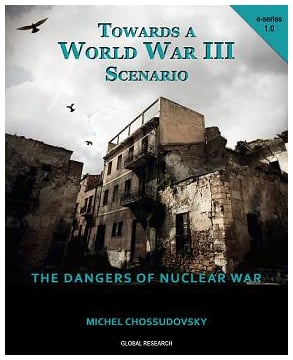
For further details click here
Order your pdf of this important new book from Global Research here
Introductory offer: $5.00 (plus $1.50 processing fee. Sent directly to your email!)
OR receive this book FREE with your Global Research Annual Membership! Click to learn more.
DETAILED TABLE OF CONTENTS
PREFACE
A New War Theater in North Africa
Operation Odyssey Dawn
Nuclear Weapons against Libya? How Real is the Threat?
America’s Long War: The Global Military Agenda
How to Reverse the Tide of War
World War III Scenario
Acknowledgments
CHAPTER I: INTRODUCTION
The Cult of Killing and Destruction
America’s Mini-nukes
War and the Economic Crisis
Real versus Fake Crises
CHAPTER II: THE DANGERS OF NUCLEAR WAR
Hiroshima Day 2003: Secret Meeting at Strategic Command Headquarters
The Privatization of Nuclear War: US Military Contractors Set the Stage
9/11 Military Doctrine: Nuclear Weapons and the “Global War on Terrorism”
Al Qaeda: “Upcoming Nuclear Power”
Obama’s Nuclear Doctrine: The 2010 Nuclear Posture Review
Post 9/11 Nuclear Doctrine
“Defensive” and “Offensive” Actions
“Integration” of Nuclear and Conventional Weapons Plans
Theater Nuclear Operations (TNO)
Planned Aerial Attacks on Iran
Global Warfare: The Role of US Strategic Command (USSTRATCOM)
Nuclear Weapons Deployment Authorization
Israel’s Stockpiling of Conventional and Nuclear Weapons
The Role of Western Europe
Germany: De Facto Nuclear Power
Pre-emptive Nuclear War: NATO’s 2010 Strategic Concept
The World is at a Critical Crossroads
CHAPTER III: AMERICA’S HOLY CRUSADE AND THE BATTLE FOR OIL
America’s Crusade in Central Asia and the Middle East
“Homegrown Terrorists”
The American Inquisition
Washington’s Extrajudicial Assassination Program
The Battle for Oil
The Oil Lies in Muslim Lands
Globalization and the Conquest of the World’s Energy Resources
CHAPTER IV: PREPARING FOR WORLD WAR THREE
Media Disinformation
A “Pre-emptive” Aerial Attack Directed Against Iran would Lead to Escalation
Global Warfare
US “Military Aid”
The Timetable of Military Stockpiling and Deployment
World War III Scenario
The United Nations Security Council
The American Inquisition: Building a Political Consensus for War
CHAPTER V: TARGETING IRAN WITH NUCLEAR WEAPONS
Building a Pretext for a Pre-emptive Nuclear Attack
“Theater Iran Near Term”
The Military Road Map: “First Iraq, then Iran”
Simulated Scenarios of a Global War: The Vigilant Shield 07 War Games
The Role of Israel
Cheney: “Israel Might Do it Without Being Asked”
US Israel Military Coordination
Tactical Nuclear Weapons directed against Iran
Radioactive Fallout
“The Mother of All Bombs” (MOAB) Slated to be Used Against Iran
Extensive Destruction of Iran’s Infrastructure
State of the Art Weaponry: “War Made Possible Through New Technologies”
Electromagnetic Weapons
Iran’s Military Capabilities: Medium and Long Range Missiles
Iran’s Ground Forces
US Military and Allied Facilities Surrounding Iran
CHAPTER VI: REVERSING THE TIDE OF WAR
Revealing the Lie
The Existing Anti-War Movement
Manufacturing Dissent
Jus ad Bellum: 9/11 and the Invasions of Yugoslavia and Afghanistan
Fake Antiwar Activism: Heralding Iran as a Nuclear Threat
The Road Ahead
The Antiwar Movement within the State Structure and the Military
Abandon the Battlefield: Refuse to Fight
The Broader Peace Process
What has to be Achieved
Order your pdf of this important new book from Global Research here
Introductory offer: $5.00 (plus $1.50 processing fee. Sent directly to your email!)
OR receive this book FREE with your Global Research Annual Membership! Click to learn more.
















 Rethinking Srebrenica
Rethinking Srebrenica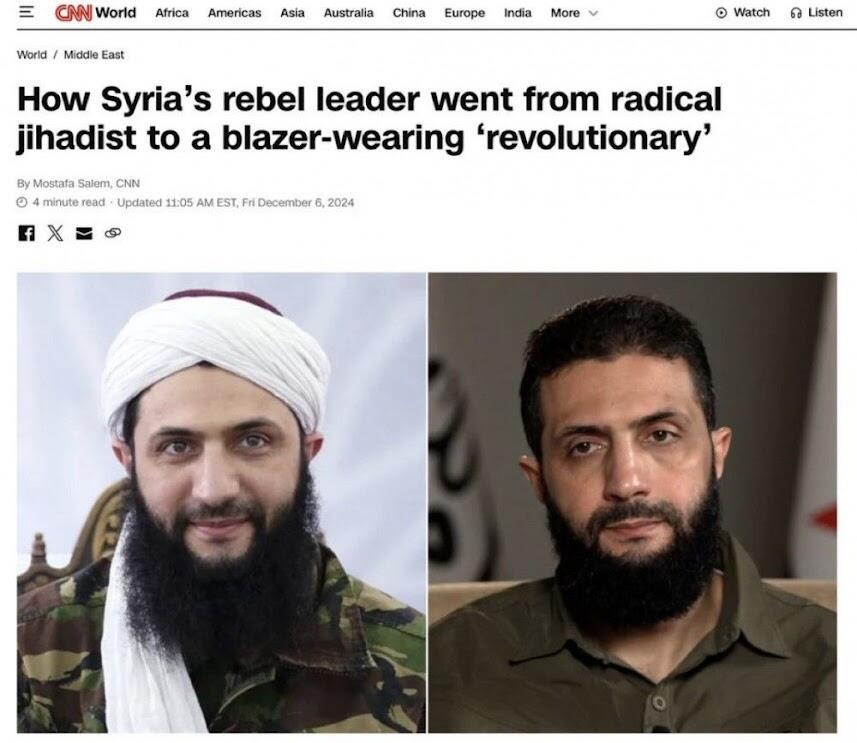
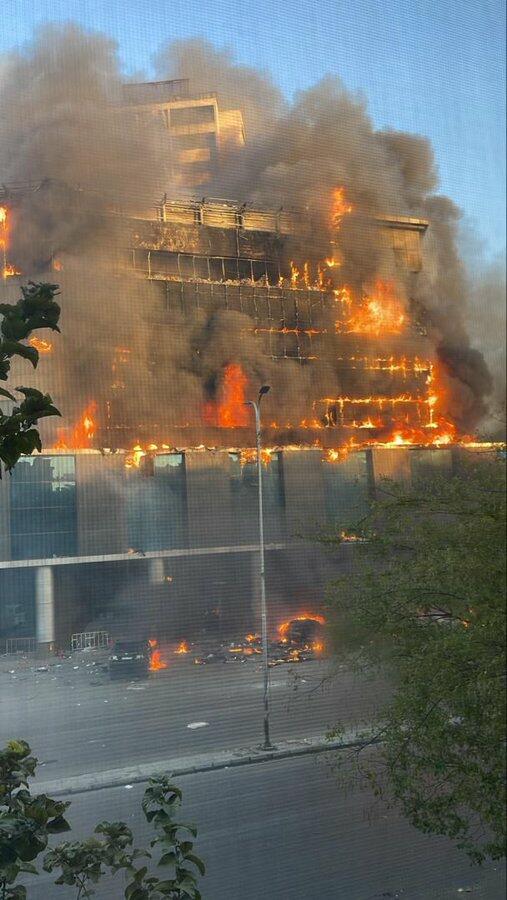


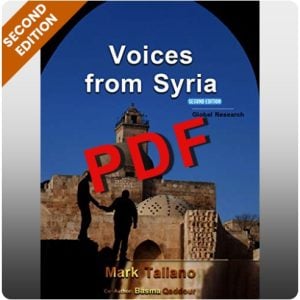








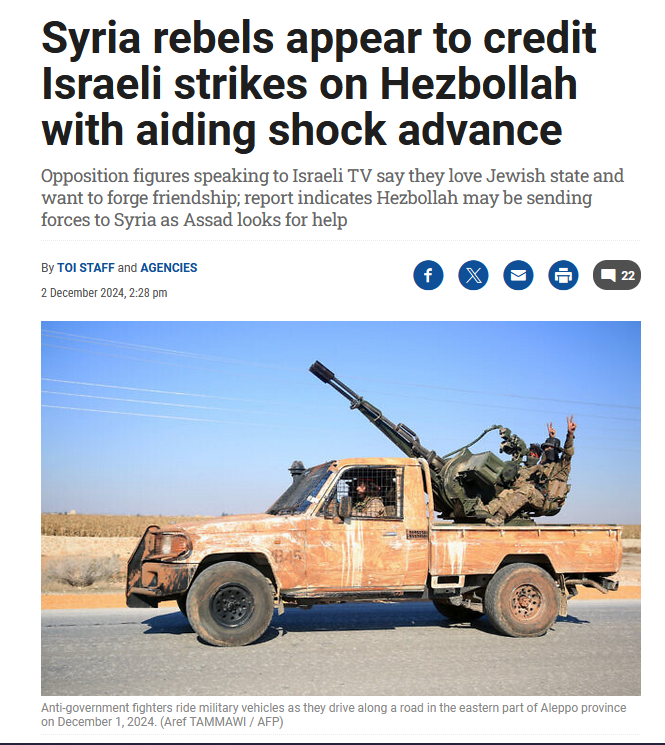
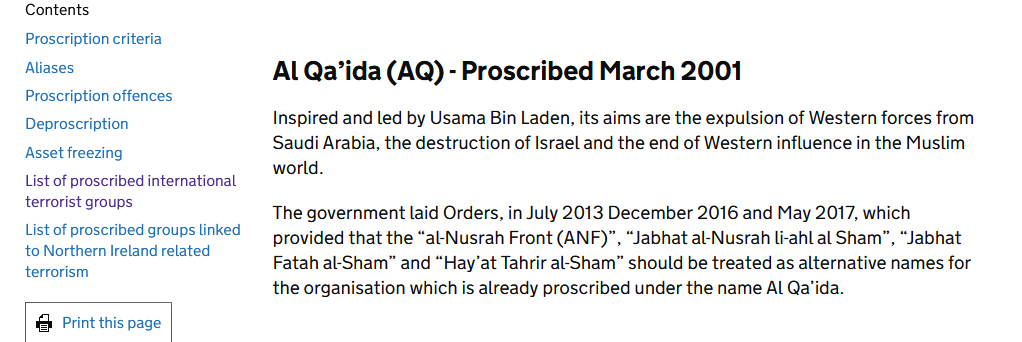
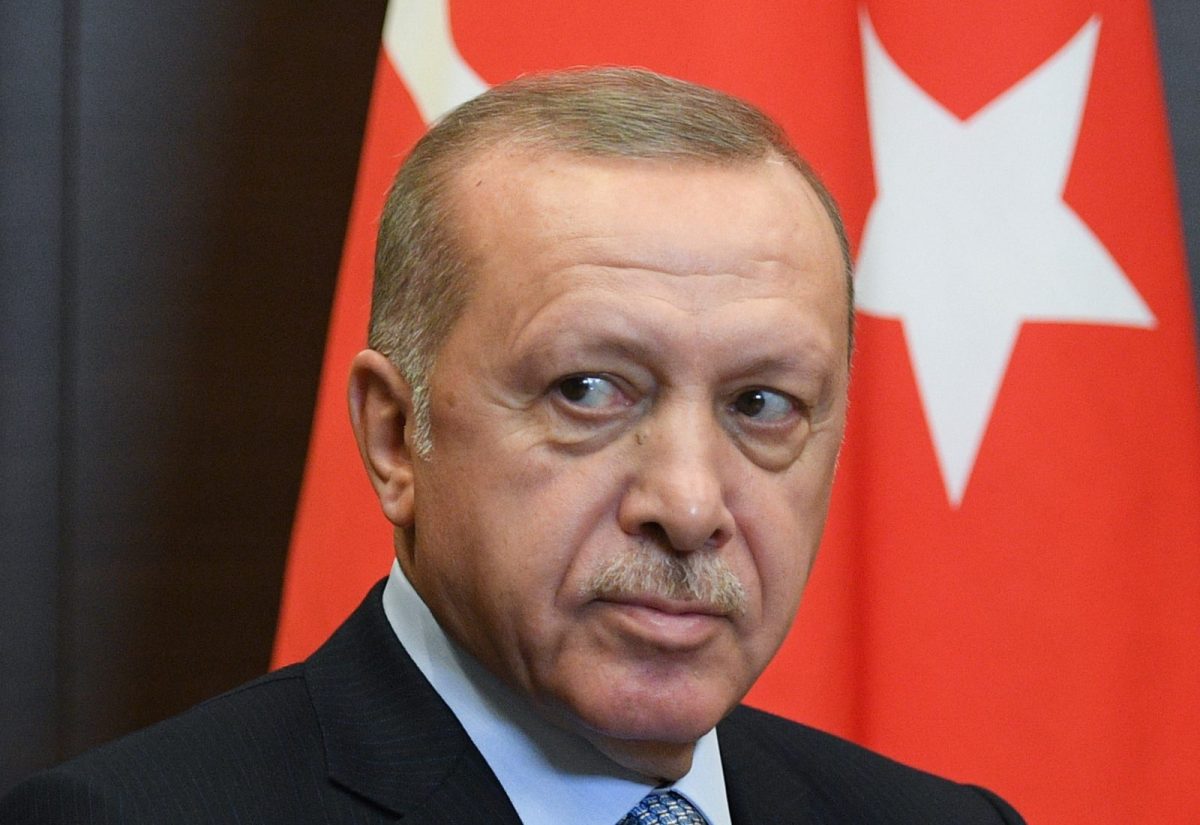







 Presidential elections were held in Romania on 24 November 2024. A second round was to be held on 8 December 2024, as no candidate achieved an absolute majority. The top runner,
Presidential elections were held in Romania on 24 November 2024. A second round was to be held on 8 December 2024, as no candidate achieved an absolute majority. The top runner, 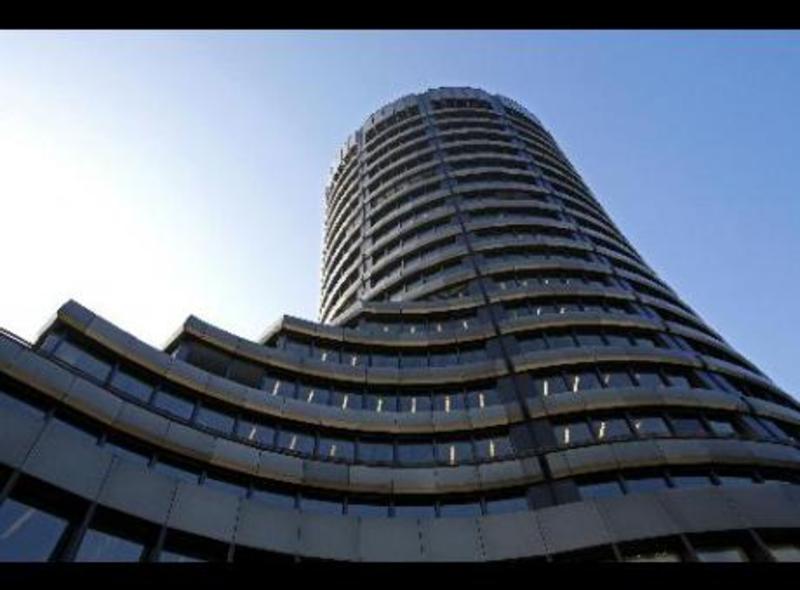

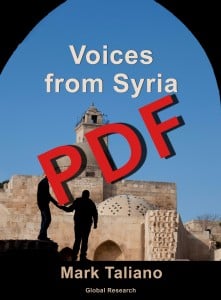










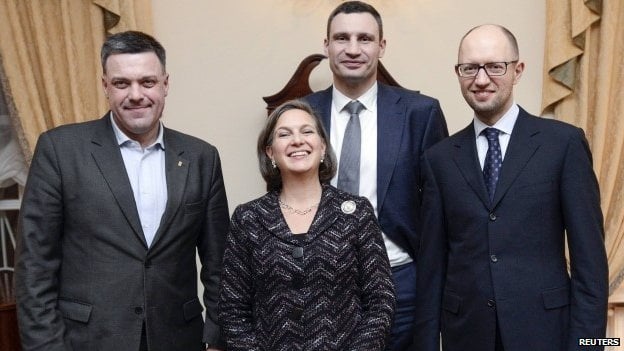
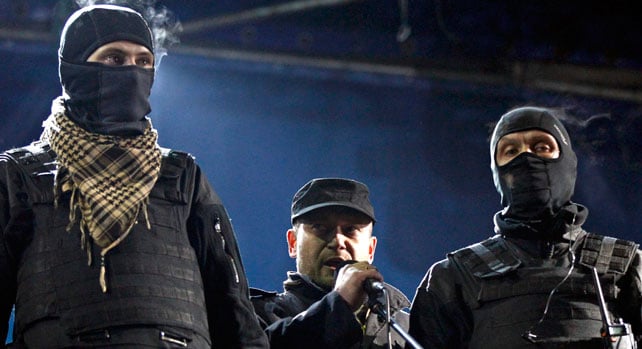


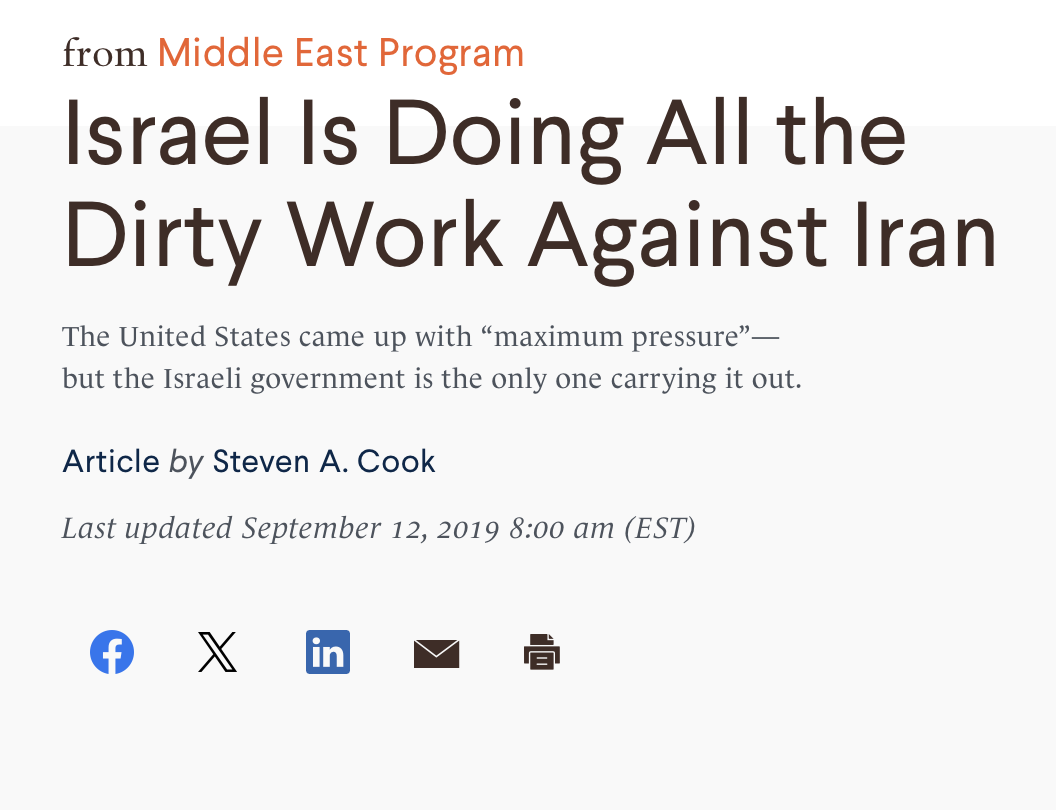
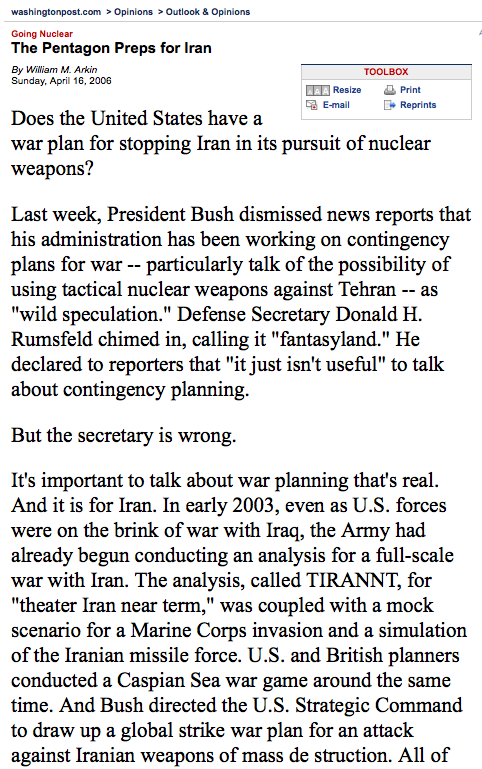
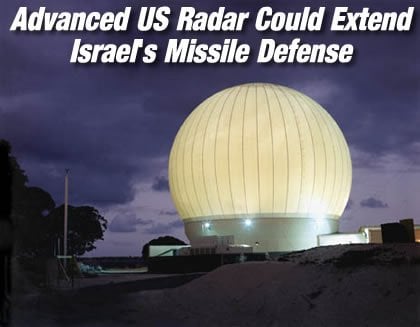
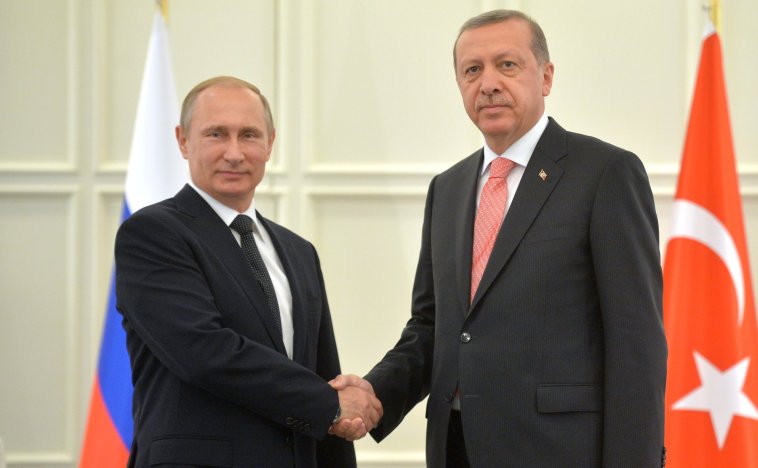 Another consideration is Turkey’s rapprochement with both Russia and Iran.
Another consideration is Turkey’s rapprochement with both Russia and Iran.